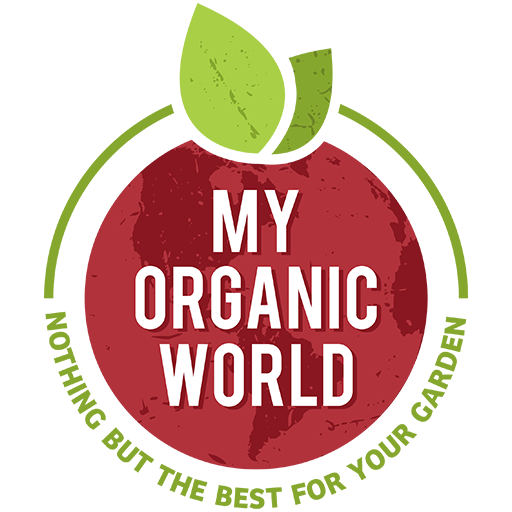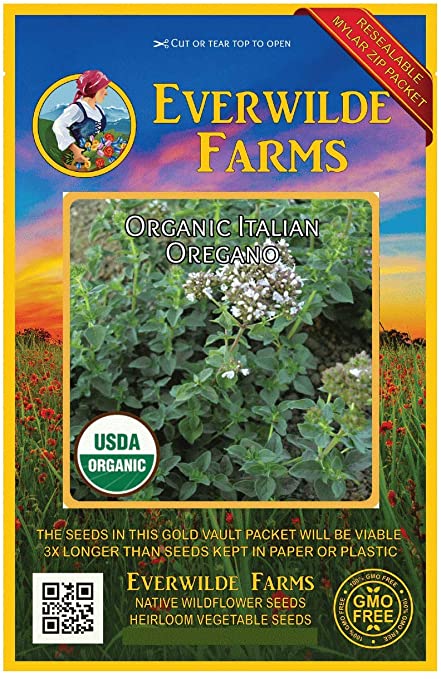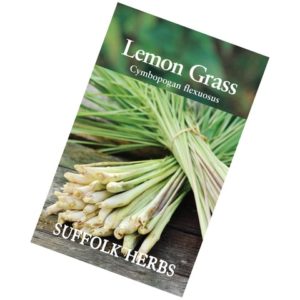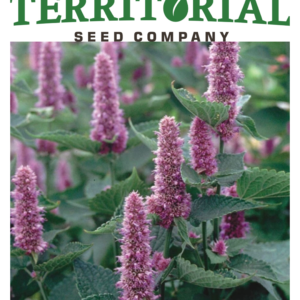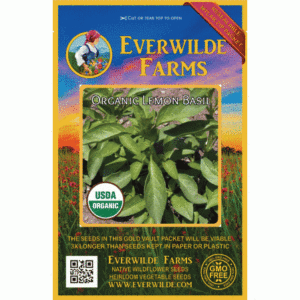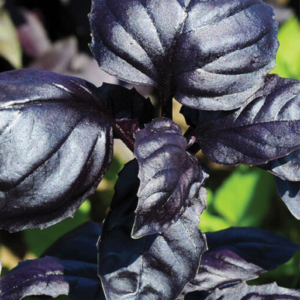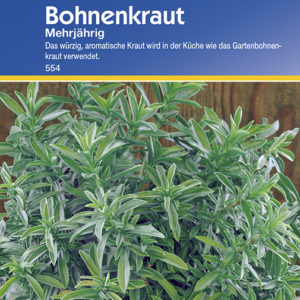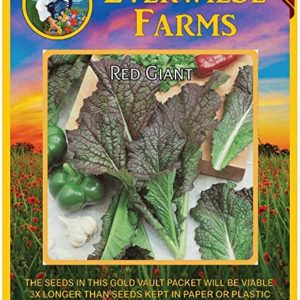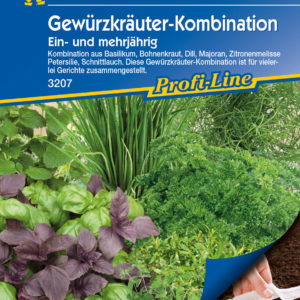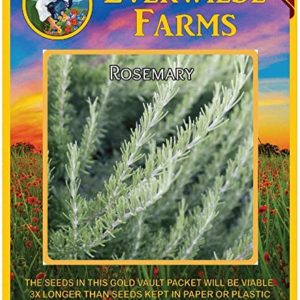أوريجانو إيطالي عضوي
2,250 د.ك
Oregano grows wild on the sunny hillsides of the Mediterranean, and is often featured in the cuisine of that region. The Latin word for this herb comes from the Greek phrase, “joy of the mountains”. According to ancient mythology, the Greek goddess of love gave oregano to man to bring him joy; tradition continues to associate oregano with joy and banishment of sorrow, bringing about the practice of crowning a bride with a wreath of oregano. For centuries, this plant has been used both for culinary and medicinal purposes; the fresh leaves were chewed for the relief of toothache, indigestion, or a lingering cough, and even the flowers were turned into a soft purple dye. In spite of its popularity in Europe, Americans did not fully discover oregano until after World War II, when returning soldiers and immigrants brought with them an enthusiasm for its flavor. Recent scientific research has found that the oil of oregano has significant antibacterial, antioxidant, and antiviral effects, whether used externally or internally. It is able to grow, even thrive, in a dry, stony, desert landscape, a phenomenon that gained it an ancient reputation as a symbol of modesty or humility. may be a protected plant in Israel due to overexploitation. Oregano was often gathered in bunches and used as a brush or sprinkler for purification rituals.
Sowing: Start the seeds indoors about 2 months before the last spring frost, sowing them just below the surface of the soil and keeping the temperature at 65-70 degrees F. Provide at least six hours of sunlight, and keep the soil moist when the seedlings appear. Transplant them as soon as they grow big enough to handle or after the last chance of frost. Oregano thrives in fairly dry soil and full sun. To direct sow, plant seeds and thin or transplant the seedlings.
Growing: Oregano actually has the most flavorful taste if left alone, with minimal watering and no fertilization. This plant prefers slightly dry soil, and grows well in many types of soil including shallow, rocky areas. For the best tasting leaves, keep the tops pruned to prevent flowering and to keep the leaves tender. As a companion plant, Oregano repels the harmful cabbage butterfly. This herb also grows well as a container plant, and attracts bees.
Harvesting: Fresh leaves can be harvested as soon as the plant reaches a height of 6″. The best time for harvesting leaves is in the morning after the dew has dried. Harvest entire stalks by cutting them at least 1″ above the ground to allow for new growth. Fresh leaves will keep in the refrigerator for about five days, but can also be frozen or dried. Because heat tends to destroy the flavor of oregano, it should be added to hot food immediately before serving. Unlike most herbs, dried oregano leaves tend to have a much stronger flavor than fresh ones.
Seed Saving: Harvest the seed heads individually as soon as they begin to turn brown and dry, and spread them out to finish drying in a protected location out of direct sunlight. Thresh out the seeds by rubbing or shaking the heads, and remove as much chaff as possible. Store the seeds in a cool, dry place for up to 1 year.
Common Names: Wild Majoram
Latin Name: Origanum vulgare
Species Origin: Mediterranean, Eurasia
Type: Open Pollinated, Heirloom, Warm Season
Life Cycle: Perennial
USDA Zones: 4, 5, 6, 7, 8, 9, 10, 11, 12
Seeds per Ounce: 400,000
Planting Method: From Transplant
Sunlight: Full Sun, Part Sun
Height: 24 Inches
Color: Green
Bloom Season: Blooms Early Summer, Blooms Late Summer
Uses: Attracts Butterflies, Aromatic
غير متوفر في المخزون
